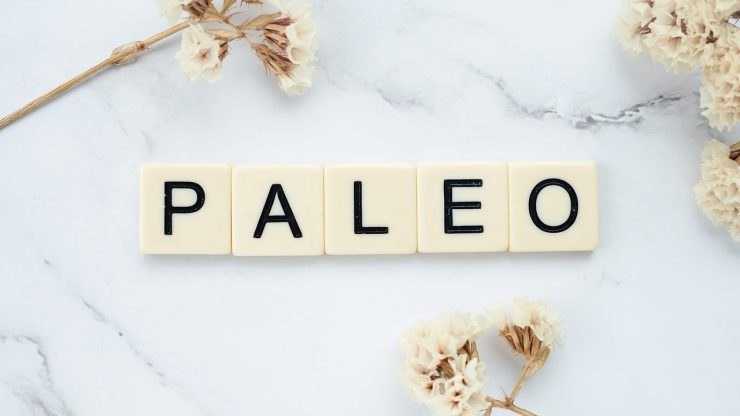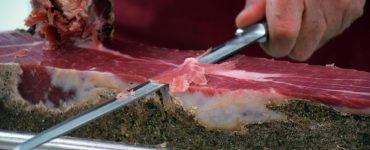If you’re serious about eating healthy, shedding some body fat, balancing your blood pressure or cholesterol, boosting your energy, and even protecting your brain health — chances are you’ve heard about the Paleo Diet. It’s been popping up everywhere lately, and for good reason. Compared to a lot of the trendy diets out there, Paleo actually delivers on its promises.
But here’s the thing: Paleo isn’t some passing fad. It’s really just about getting back to how humans were designed to eat — a style of eating that dates back almost 2 million years. When you look at the research, it’s clear: going back to these ancestral eating habits can help us avoid so many of the modern “diseases of civilization” like cancer, heart disease, Alzheimer’s, and more.
One of the biggest misconceptions about Paleo is that it’s just a meat-heavy or super low-carb diet. That’s not quite true.
There’s no one-size-fits-all Paleo Diet. Our ancestors ate incredibly diverse diets depending on where they lived — what was growing nearby, what animals were around, the climate, and even how close they were to the equator.
Some groups ate mostly plant foods — up to 90%! Others relied heavily on animal foods, especially in colder regions where plant foods were seasonal. For example, people living near the equator had year-round access to fruits, vegetables, and nuts, while those in colder areas ate more meat, fish, and fermented foods to get them through the winter.
Studies of modern-day hunter-gatherer tribes — the kind still living traditional lifestyles — consistently show one thing: robust health. Whether their diet was high in fat, protein, or carbs didn’t matter nearly as much as the fact that they were eating real, unprocessed food. That’s the core of Paleo.
Take the Inuit or the Masaai — their diets are super high in animal fats and protein. Then there are groups like the Kitavans, who get up to 70% of their calories from starchy roots — and they’re still thriving, with barely any signs of modern diseases. Some tribes even supplement with honey, berries, or nuts at certain times of year and still show excellent health markers.
What’s also important is how our ancestors used to eat the whole animal — not just the muscle meat like we do today. Organs, cartilage, bone marrow — nothing went to waste. And those parts are loaded with nutrients. Organ meats are actually more nutrient-dense than most vegetables, and collagen-rich parts help support healthy joints, skin, and even slow the aging process. (I’ve got a deep dive on collagen coming soon!)
So no, Paleo isn’t just about cutting carbs or loading up on steaks. It’s really about eating a wide variety of real, whole foods — plants and animals — and ditching the ultra-processed stuff like refined vegetable oils, added sugars, and low-quality grains.
Personally, I’ve been eating mostly Paleo (about 95%) for the last five or six years, and I’ve never felt better. I’ve seen friends clear up skin issues, improve digestion, drop body fat, and gain mental clarity just by switching to a more Paleo way of eating.
Oh — and just to clear up another common mix-up: Paleo and Keto aren’t the same. Keto is a very low-carb, high-fat diet that can be great for certain health conditions like epilepsy, diabetes, or even cancer. Paleo, on the other hand, is more flexible with carbs. It includes things like fruits, starchy roots, and even a bit of honey — so you’re not locked into ultra-low carbs unless that’s your personal choice.
At the end of the day, the Paleo approach is all about real food and eating in a way that aligns with how our bodies evolved. When you do that, amazing things start to happen.











